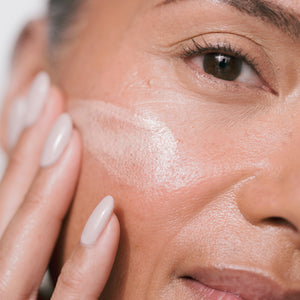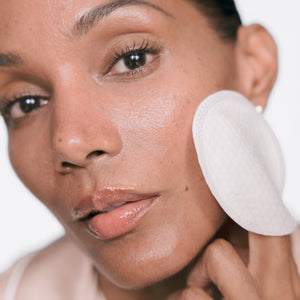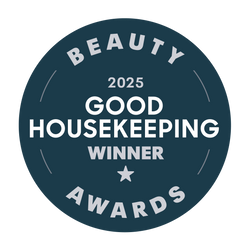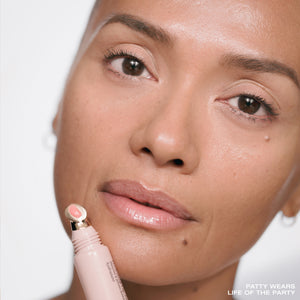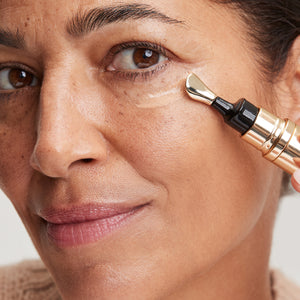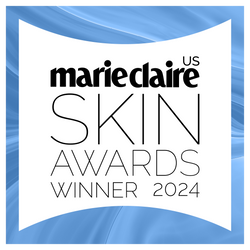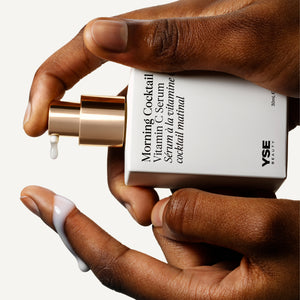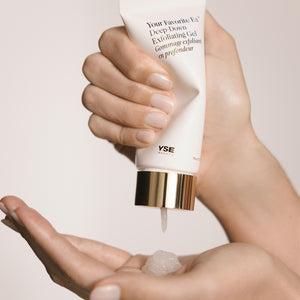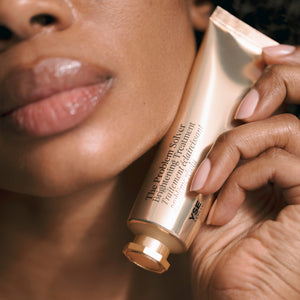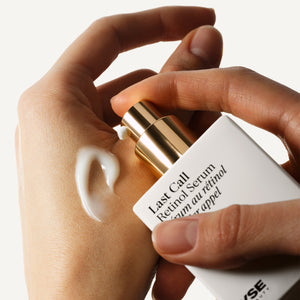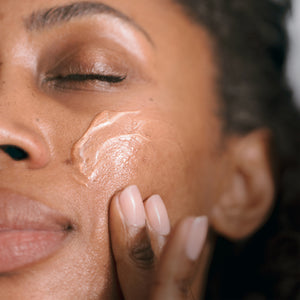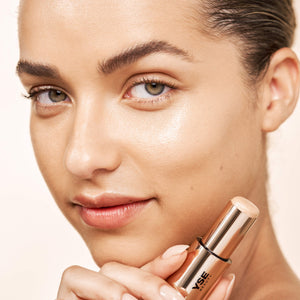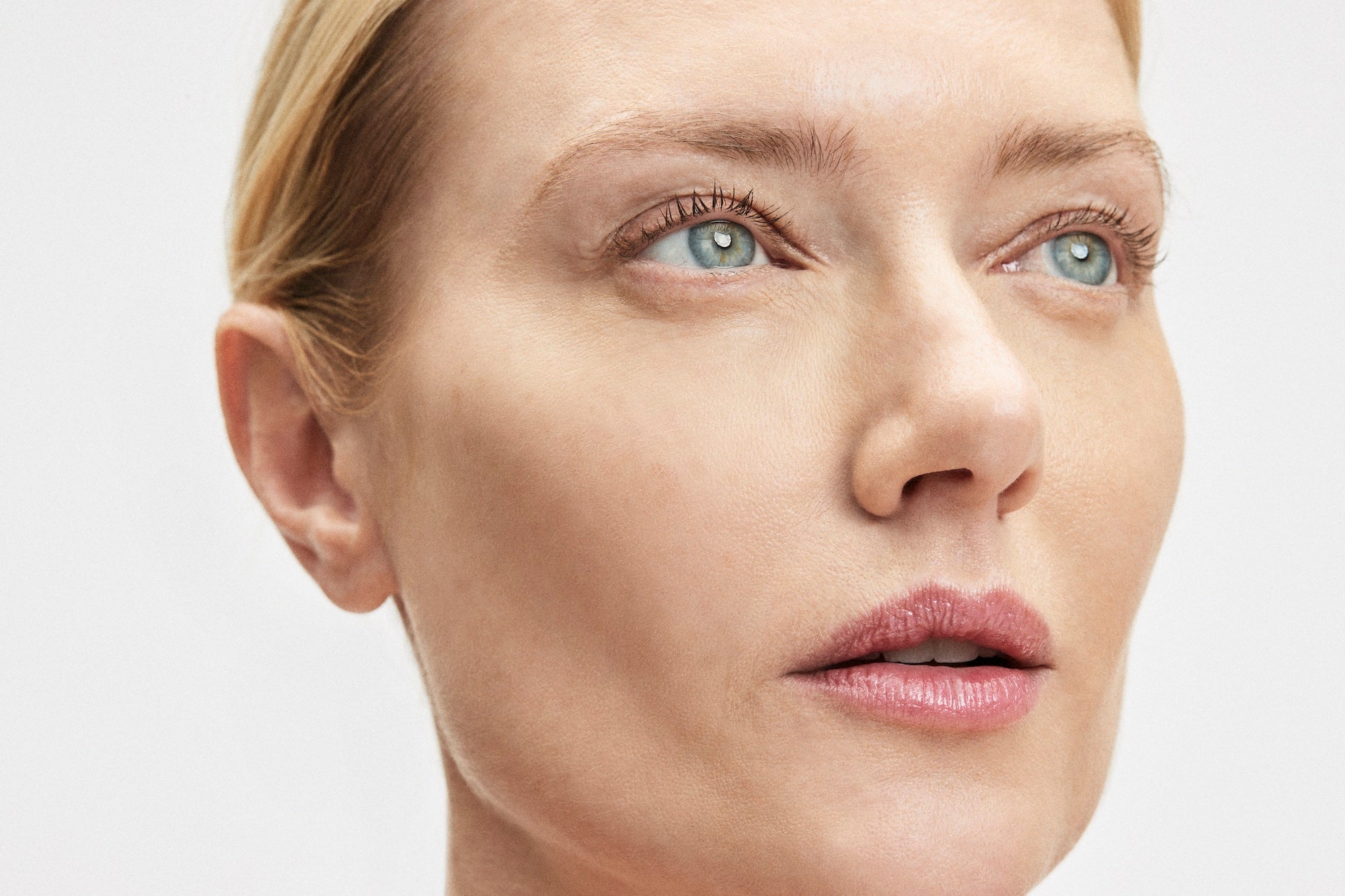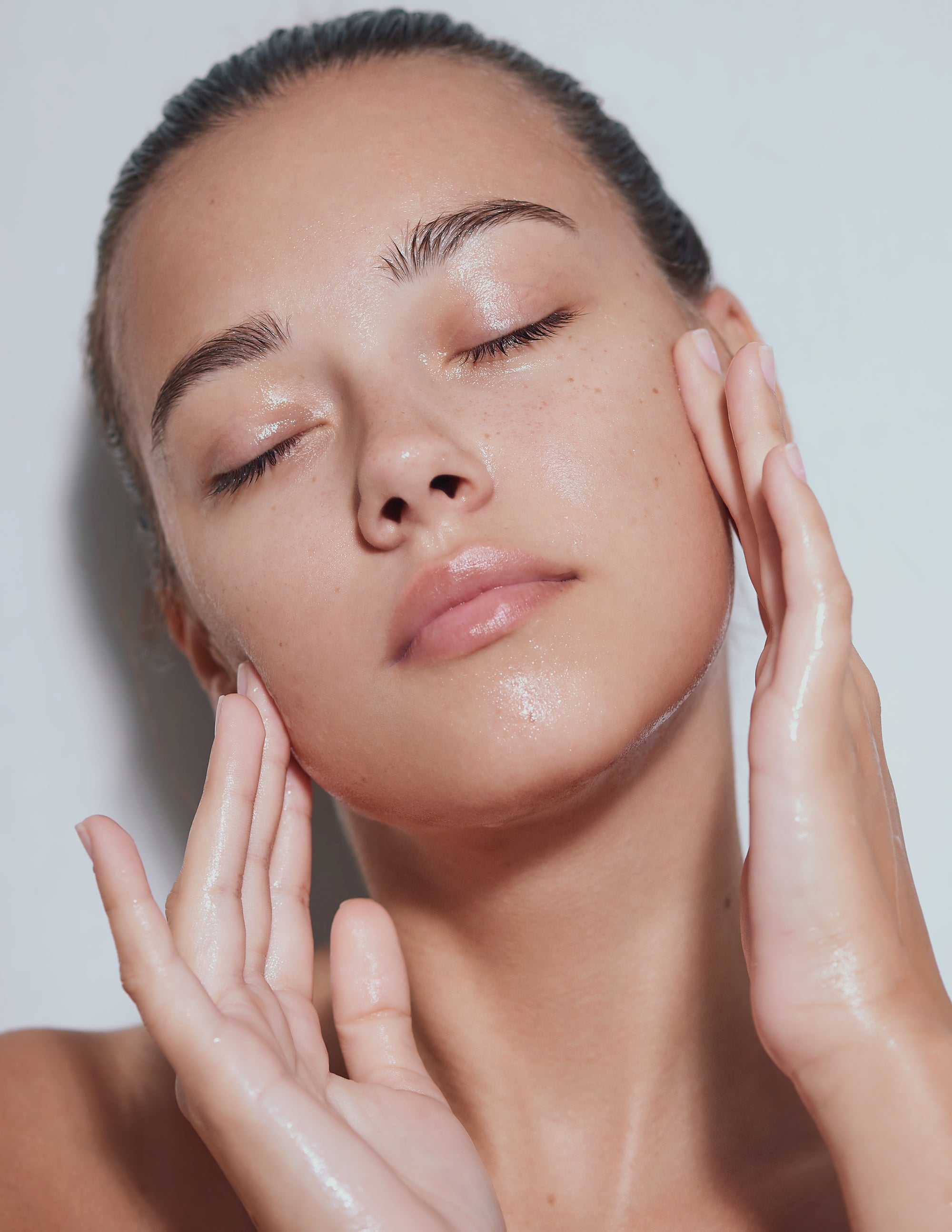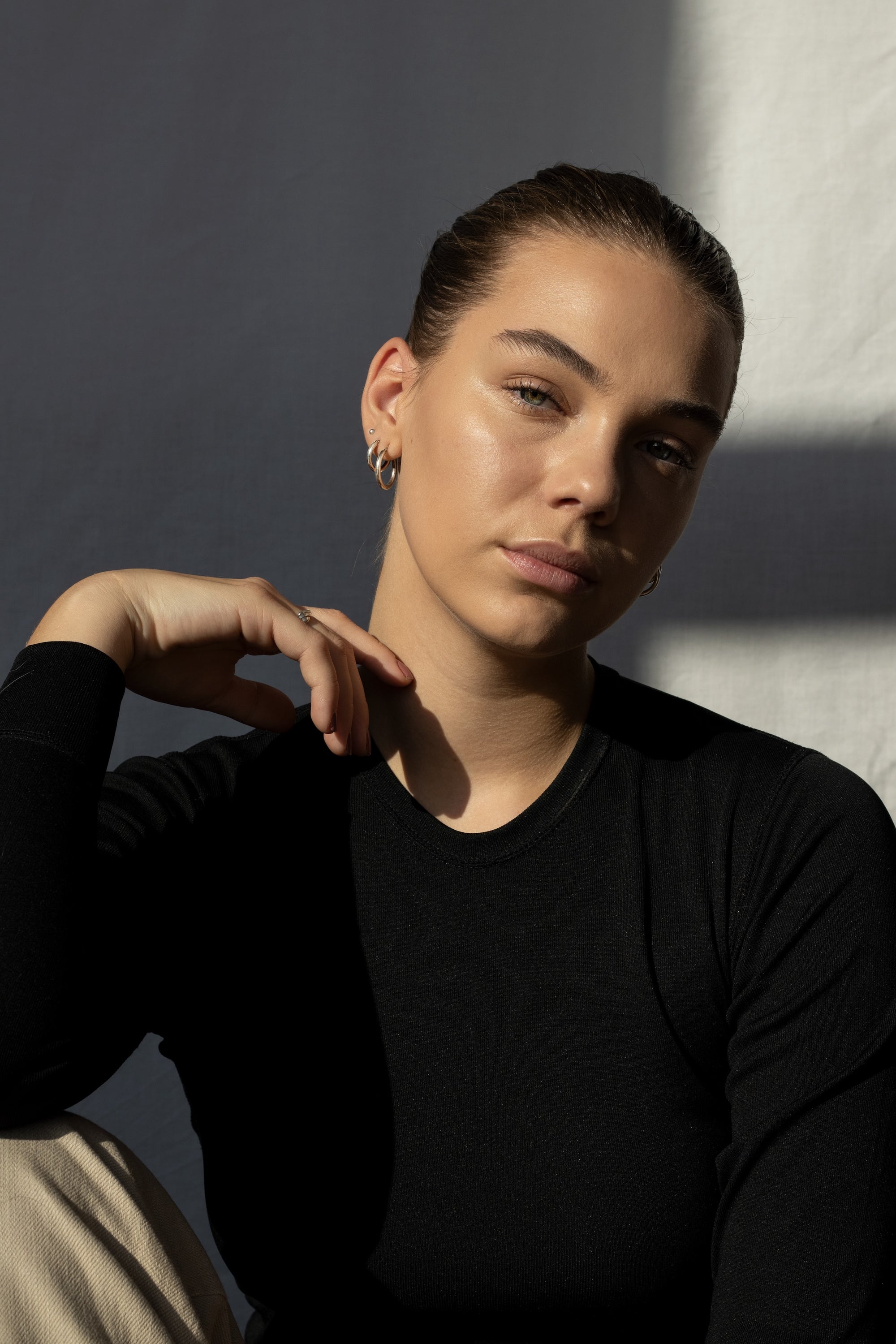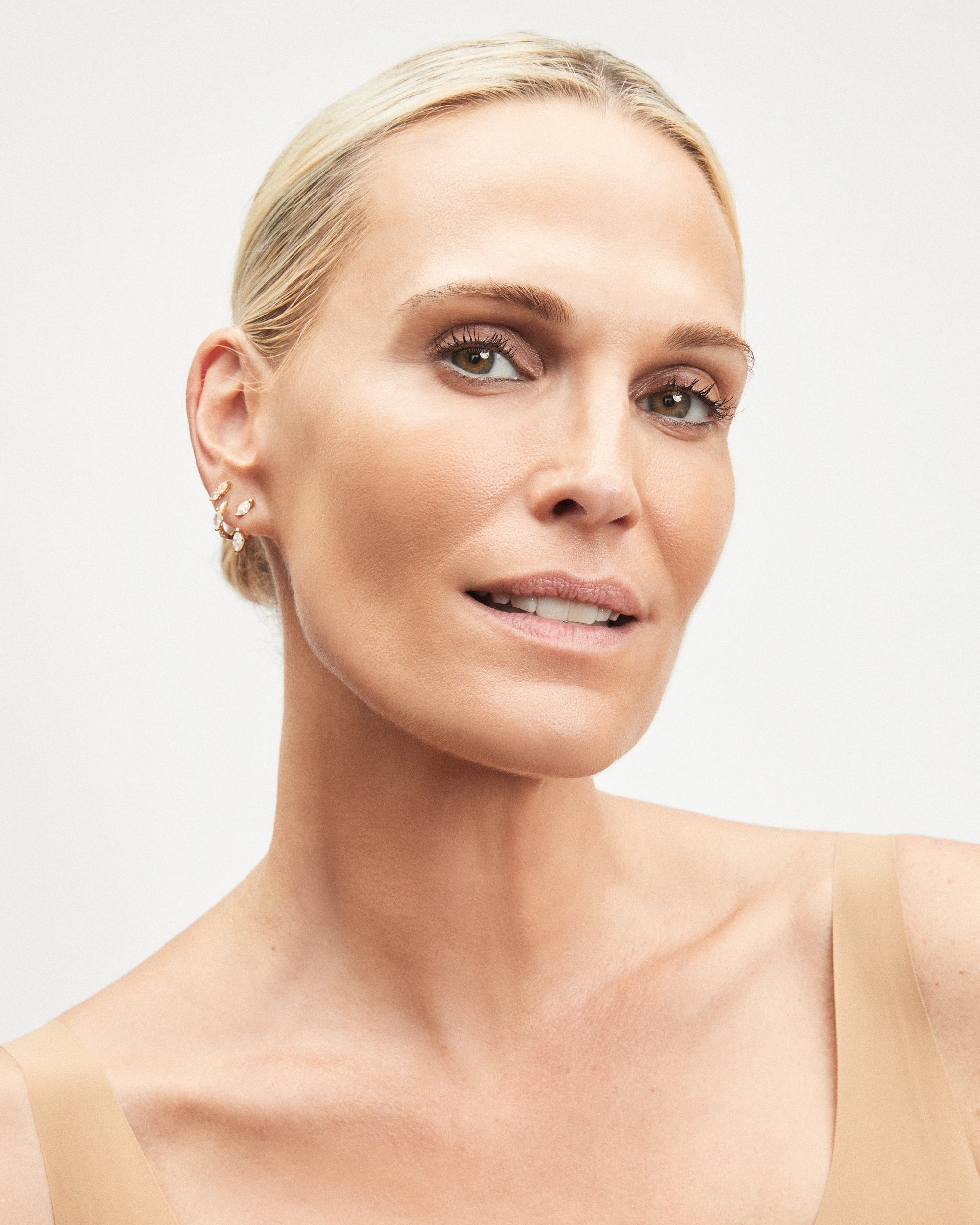Atopic Eczema
The most common type is called atopic eczema, which is a long-lasting condition that causes inflammation, redness and irritation of the skin. It commonly develops in childhood, but can arise at any time.
Atopic eczema causes dry, cracked and sore skin. It can occur in small patches or large areas of the body, and in any location on the body.
It can also appear differently on different skin tones. Individuals with black or brown skin tones tend to experience darker brown, purple or grey patches, while lighter tones tend to experience red patches and discoloration.
Eczema can change the pigmentation of the skin, so it may also cause lighter patches to appear. It’s often hereditary and can develop alongside conditions like asthma and hay fever.
Also, atopic eczema can disappear and reappear at times of your life. Curious what triggers the flare-ups?
- Environmental Factors: heat, dust, animal dandruff, soaps, detergents, food allergens
- Bacterial and viral infections: common cold, staphylococcus, cold sore virus
- Showers with very hot water
- Dry skin, especially in winter months
- Teething in babies
- General stress
The main treatments for atopic eczema are:
- Emollients (aka moisturizers): stop the skin from dryness, like our Extremely Rich Moisturizer
- Topical corticosteroids (creams and ointments): reduce swelling and redness




























